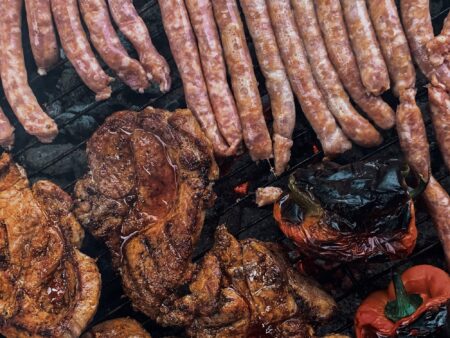Photo: Pixabay/Alexas_Fotos
Each day all year round we can do our part reducing our carbon footprints. That also applies to the food choices we make on a regular basis.
“The foods societies produce and eat today have a climatic ripple effect that extends far into the future,” stresses Mario Herrero, a professor of sustainable food systems and global change at Cornell University. “It’s imperative that we reimagine how food is produced if we are to stave off the worst impacts of global climate change.”
Herrero and his colleagues have found, as they explain in a study, that feeding livestock in Europe leftovers from human consumption suitable as feed, known as low-opportunity-cost biomass (LCB), could reduce greenhouse gas emissions by nearly a third, or 31%, and the amount of land devoted to agriculture by 42%.
However, these gains would depend on Europeans reshaping their diet. Specifically, they would need to reduce animal-source proteins like red meat in favor of more vegetables, legumes and nuts. Poultry, often recommended by dietary guidelines instead of red meat, should also be eaten more sparingly for the sake of more circularity in Europe’s food production.
“Circularity in our food systems has the immense potential to decouple livestock from land by utilizing livestock low-opportunity-cost biomass and other food waste streams,” Herrero says.
“Modifying food consumption and waste patterns are central to achieving healthier diets while increasing the sustainability of food systems,” he adds.
In order to achieve meaningful greenhouse gas emissions, scientists say, we will need to adjust our diets because globally animal husbandry and agriculture are major drivers of greenhouse gas emissions. Agriculture alone accounts for around a fourth of greenhouse gas emissions while some 40% of all arable land is used for growing high-quality feed for farm animals.
The aim of circular food systems, the scientists say, is to “avoid feeding livestock foods suitable for humans, instead prioritizing LCBs or other food waste streams, and reducing the overall environmental impacts.”
In other words, by feeding animals with leftovers from our plates rather than specially produced crops, we could reduce the impacts on agriculture while also boosting circularity through disposing of food waste in a far more useful manner.
Did you like it? 4.6/5 (25)








